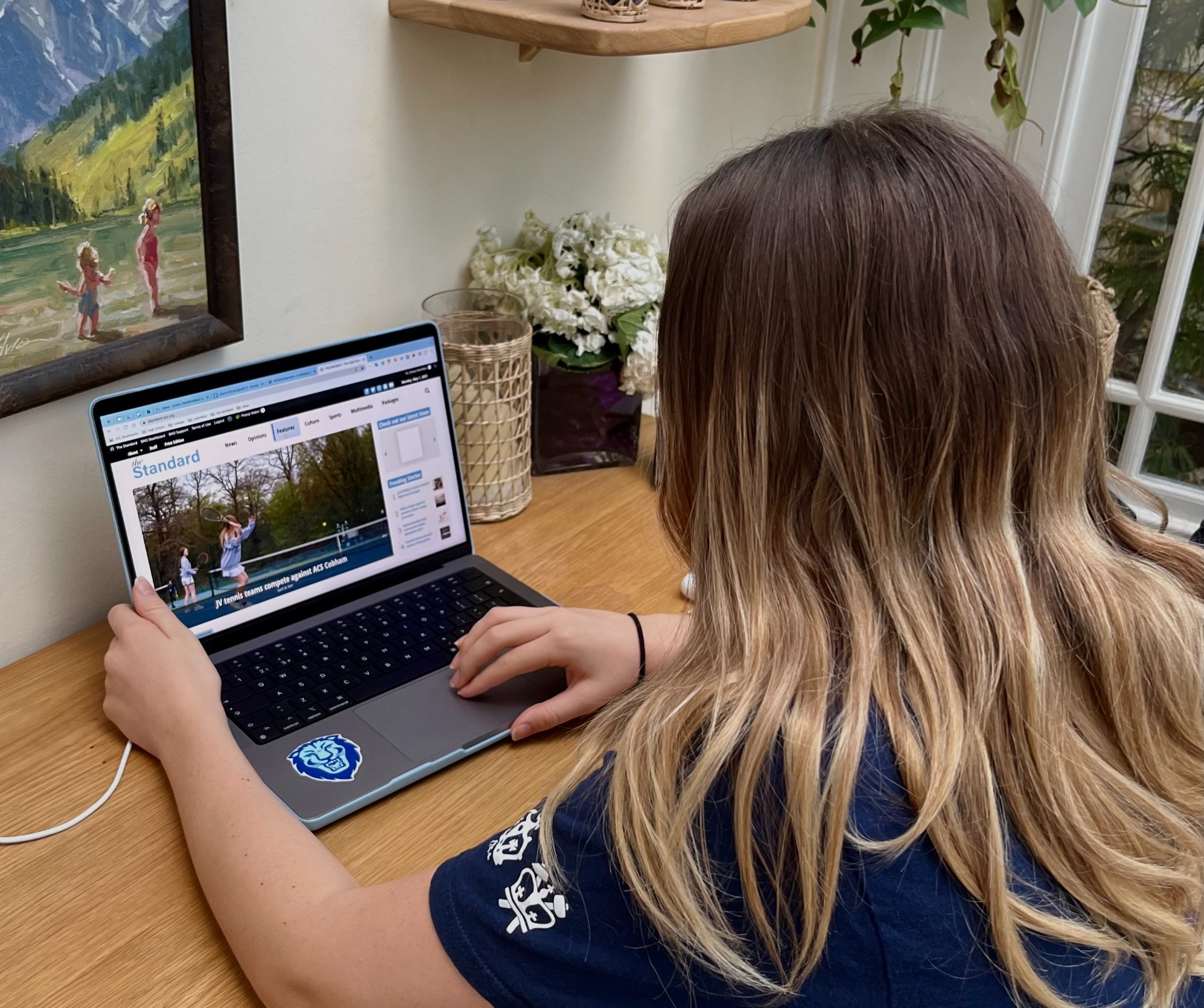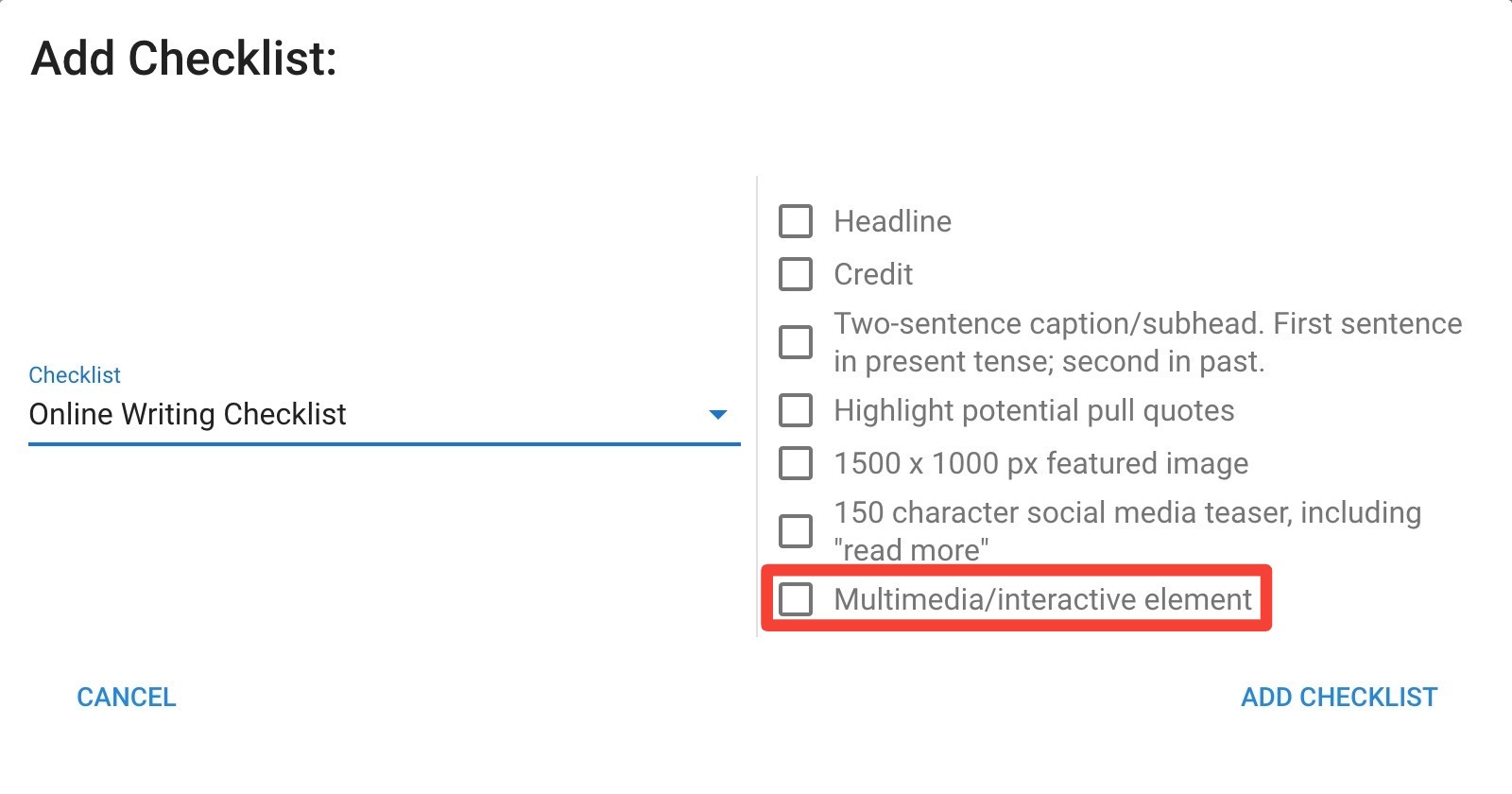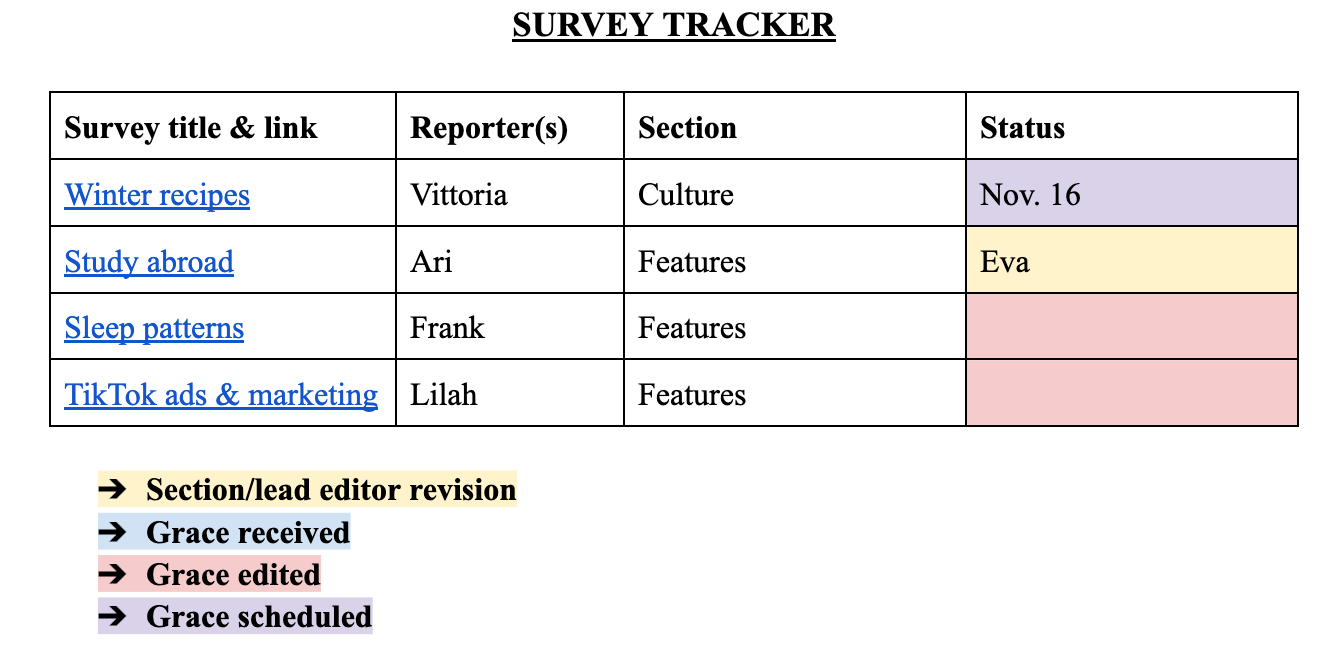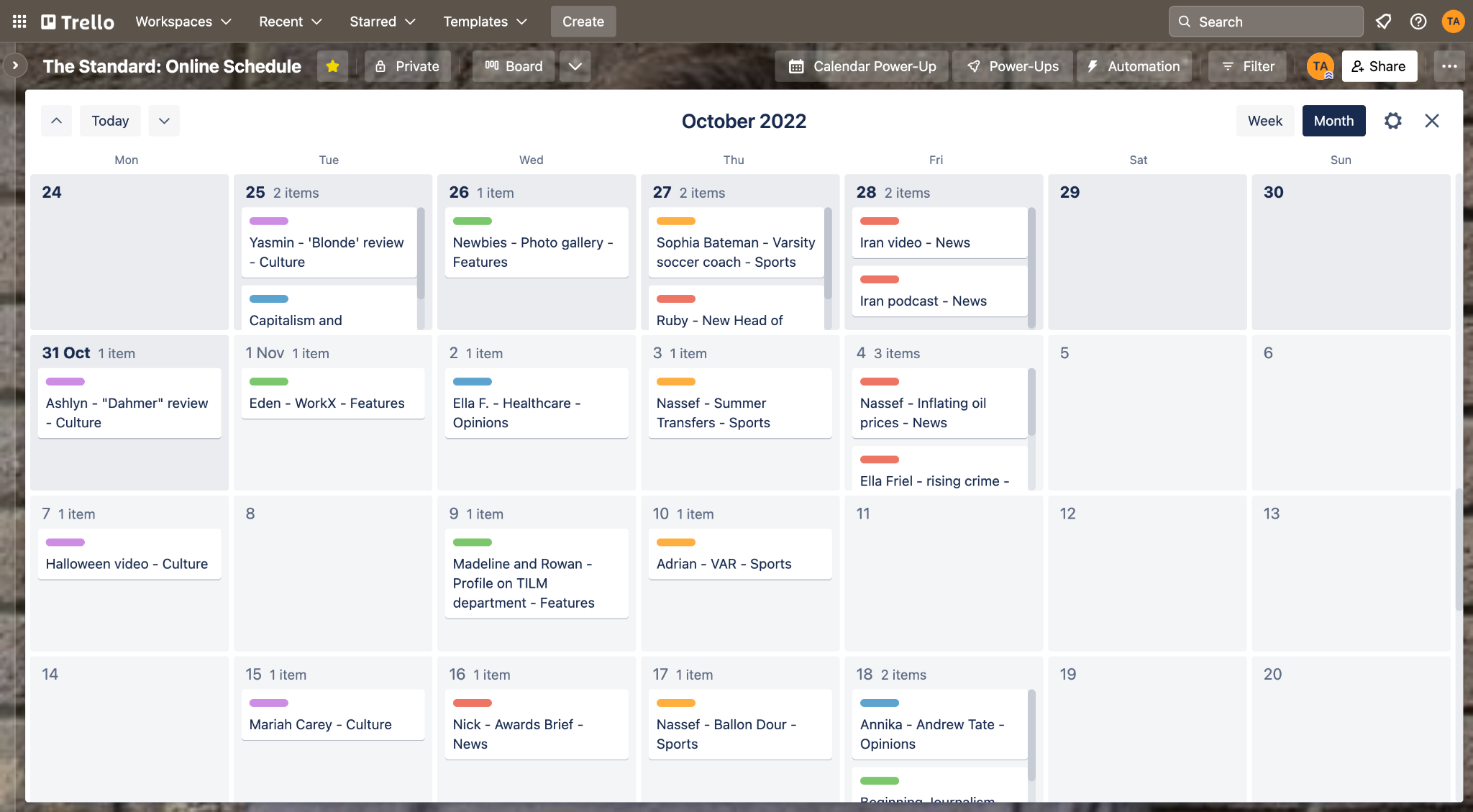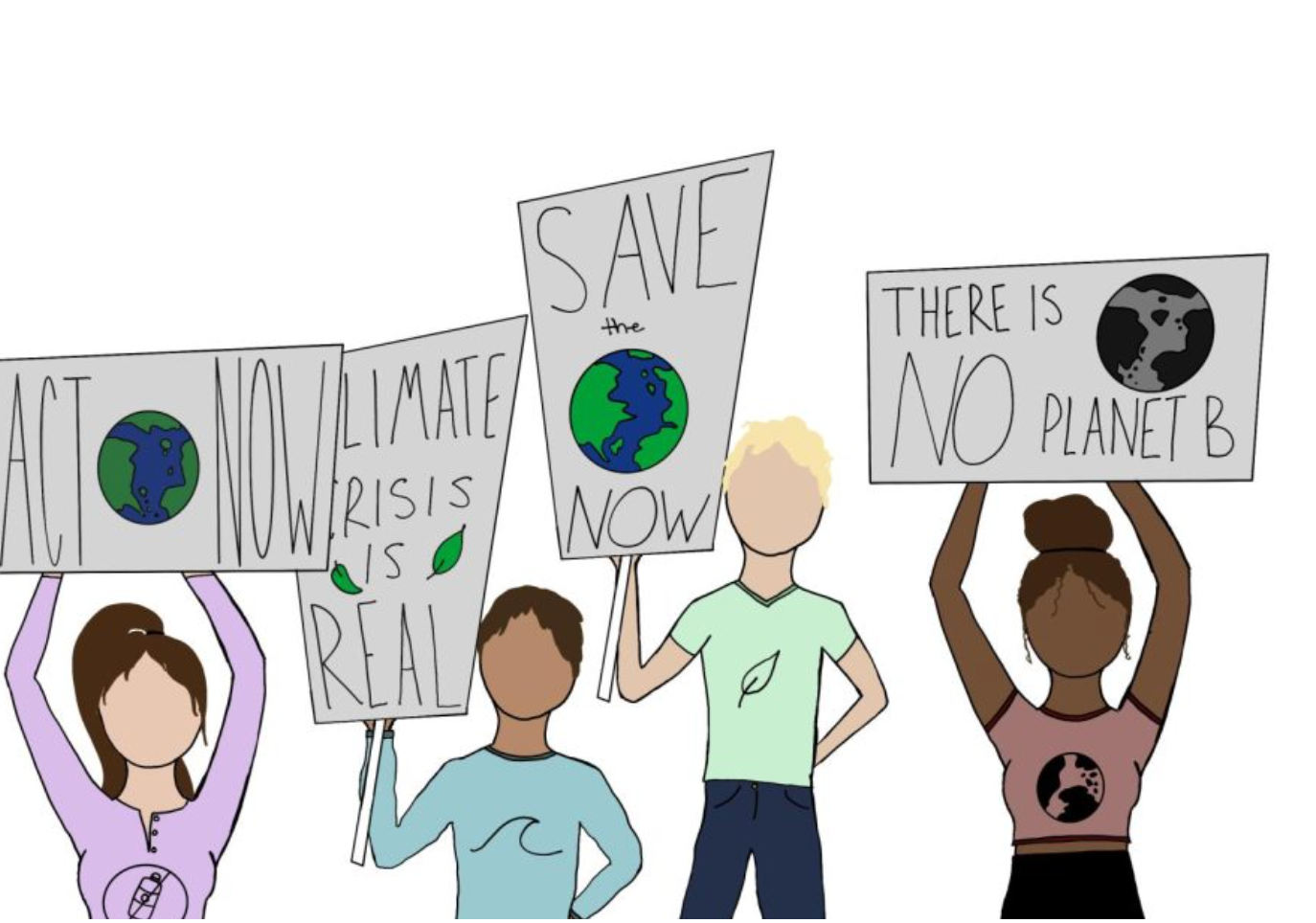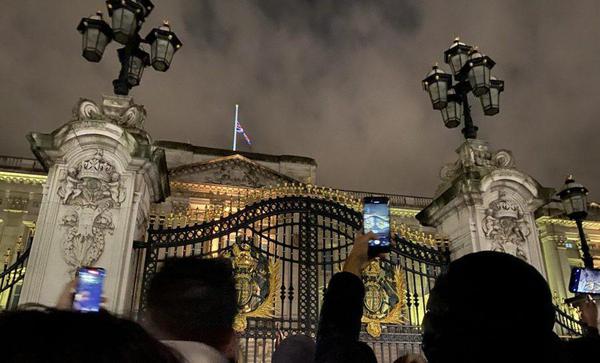

A few years ago, any story published online was a story that didn't quite make the cut for our print issues. During my first year as an online editor, the reporters I worked with consistently held this belief. Now, online and print are considered separately. My staff now knows that online holds the potential to revolutionize storytelling, whether through multimedia, broadcast journalism or web packages. Web and social media are huge focuses of our program, and my primary goal has been to grow our viewership along with harnessing multimedia to help digital storytelling reach its potential.
Following suit with the rest of the world in digital journalism, I have paid careful attention to use of alternative storytelling to hook the reader on our content. Whether including audio interview clips, alternative graphic forms or extended articles, incorporating multimedia in print is something to which I am extremely committed. Every online article similarly contains a multimedia component, which each section prioritizes from the get-go in content production.
In our story ideas spreadsheet, every reporter lists their intended multimedia before the idea can be approved. This year, I added a “multimedia element” to our online posting checklist on Flow. Before the article is passed on to managing editors, the section must ensure it has some piece of multimedia.
Below are some examples of my own multimedia, from Infogram pie charts to Genially timelines to Canva infographics. Click each image to view a reflection for each story:

In our recent climate change package, I utilized Adobe Express to create an entirely multimedia-based resource. The graphic intended to provide my audience with resources and display a history of climate change. Click the image below to view the multimedia:
For my article chronicling the experience of Syrian refugee girls, I included various forms of multimedia to enhance my storytelling. Click each image to view the multimedia:

For an article I wrote on the emergence of ChatGPT in the community, I used Genially to create an interactive graphic with sample AI responses. Click the image to view the live graphic:
This year, I helped guide an expansion of our social media presence. I helped design posters across the school with QR codes advertising our social media and designated our Advanced Journalism class to be responsible for creating original posts that I edit before passing on to our Social Media Manager to post.
I've contributed a fair amount of content to our Instagram account as well, with a few examples below:

Now, we are significantly more consistent with daily Instagram posting. Each section has a designated post each week, with news covering school events, culture featuring a community artist, features profiling a mystery member of staff and sports covering recent games. For opinions, we post a weekly poll on our story.

Stories feature heavily in engaging our audience and boosting our social media presence. Weekly, we post a student poll and we often cover sports game live along with promoting our print issue when papers are delivered.

To increase readership of our online content, we post a "social media blurb" promoting every story we publish. Each reporter is required to write this short blurb before the piece is passed onto the managing team. By promoting each piece of content on our social media platforms, our audience gains easy access to our content and receives a steady stream of stories that may interest them.

The foundations of our publication are built on community contribution. To maximize impact and engagement, I have involved more outside voices to forge interconnection between The Standard and the wider community.
Coverage places our audience at the forefront, whether including outside voices in personal commentaries, localizing international topics or embracing controversy. I also seek opportunities in which I cover activities both outside and within the classroom. Covering relevant, engaging material while balancing the depth of pieces is crucial.
In addition, I’ve increased the number of surveys we send to engage our community and create easy multimedia in the form of infographics or other mediums.
In all of my content, I cater to my community. Polls within the article itself – sometimes alongside survey results – help engage our readers. In personal commentary pieces, I’ve stressed that it is particularly important to include these kinds of polls to ensure a balance with student voice. In an article I wrote as part of my "Top 5" column reviewing takeout restaurants, I included a poll asking readers to choose whether Chipotle or Tortilla came out on top. Click the poll to view the full article:
I also encourage guest pieces. Often, students will approach me in response to an article we’ve published, and I direct them to our website and guest submission policy.
To organize our daily posting each week, I walk through each story using the Trello program. Below is a screenshot of our online posting plan for the month of October. As Editor-in-Chief, I prioritize quality over quantity. Thus, each section is responsible for posting one day of the week:
Last year, when I was the Lead Culture Editor, we struggled as a staff to post consistently. Oftentimes, culture articles dominated every week and my section was overwhelmed with pushing out content. While that experience taught me how to effectively organize and facilitate consistent content, I realized it was crucial to balance our content across sections.
Now, I help my Deputy Editor-in-Chief: Online in managing all content across all five sections. To ensure constant communication, we dedicate 15 minutes for an online posting meeting with online editors every class. In this meeting, I facilitate a progress check-in about each story. I also visit the reporters during my free period, acting as a liaison between them and the editors.
The climate package – a collection of stories ranging from videos and podcasts to traditional stories – was created with multimedia storytelling at the forefront. What's the point of posting an online package when we could easily create a print mini magazine? From the get-go, I made it clear that every online story must do something print can't do. Thus, every story contained some form of multimedia, whether infographics, Canva designs or additional photography.
Creating packages with multimedia significantly boosts story engagement and enables our staff to communicate important stories that go beyond text. Creating a centralized location for stories specifically about climate change also allows our publication to direct attention toward a particular issue. Click the image to view the package:
Recently, I created an Adobe Express story celebrating Women's History Month. The story took form in a "glideshow," an interactive sliding photo gallery with quotes and images of women to which our editorial board is grateful. Click below to view the package:
For our Humans of ASL package process, I used Adobe Express to design the package and create a clean, clear visual for our audience, with photos of each source as the featured image of each story. Using these available resources is the advantage of web journalism – we can harness digital media to tell impactful stories for our audience.
